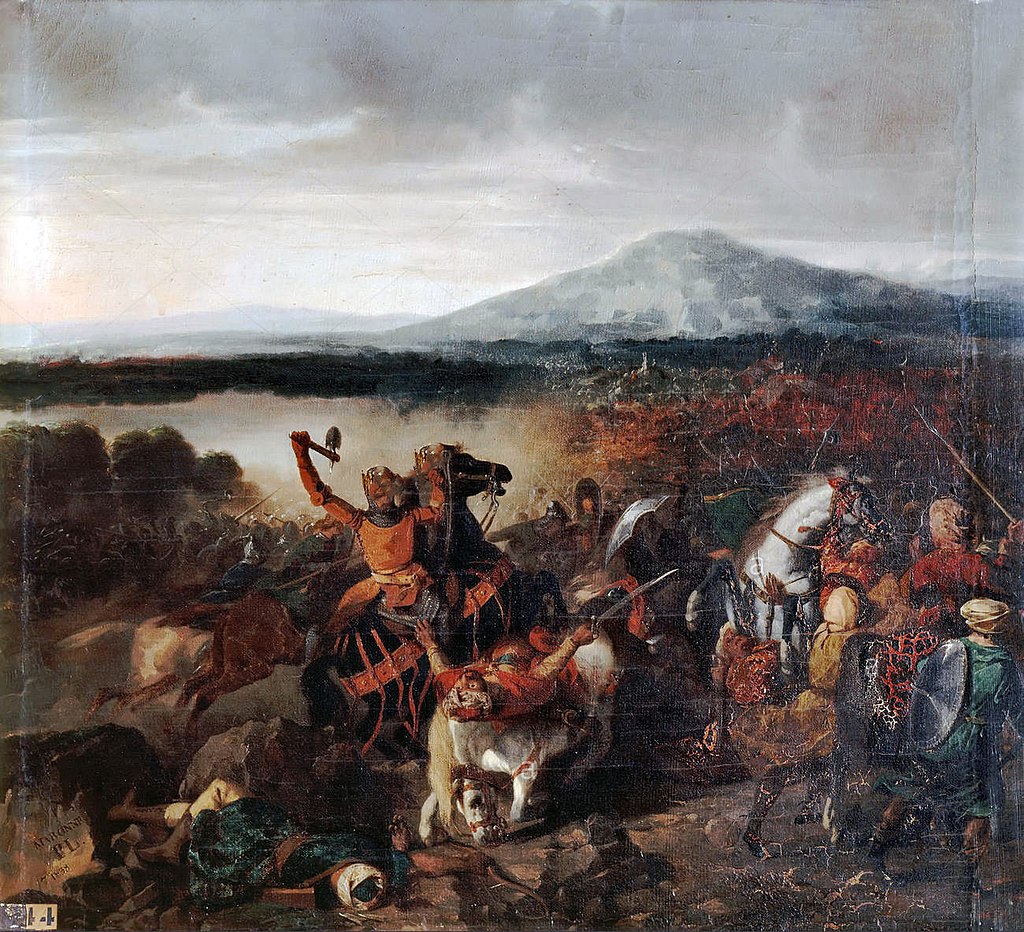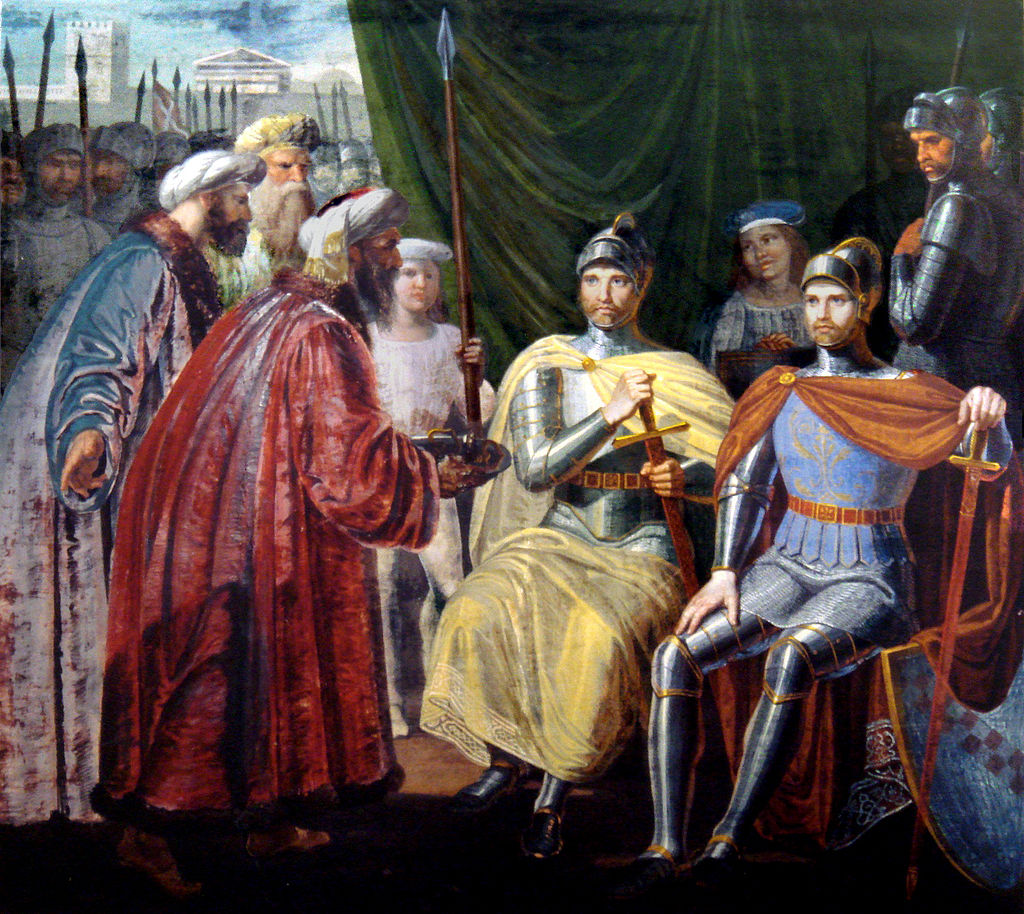Childhood
In the central decades of the 5th century AD, the Vandals led by Gaiseric conquered Sicily. The Vandal occupation affected the city causing considerable damage. The great Roman monuments, were not held in high regard by the newcomers. Even during the Gothic rule of Sicily, Theodoric the Great lord of the island and Italy between 491 and 526 AD, granted the inhabitants of Catania the right to use the square blocks of lava stone of the amphitheater for their constructions. In 532 AD the Eastern Roman Empire reached a peace with Sassanid Persia. Securing its eastern flank the emperor of Constantinople decided to take back what was Roman to the west. Taken by Belisarius in 535 AD during the Greek-Gothic war, the city became part of the Byzantine Empire for three centuries. The Church of Santa Maria della Rotonda with its characteristic dome built on the ruins of the Roman baths is the main remnant of the Byzantine period.
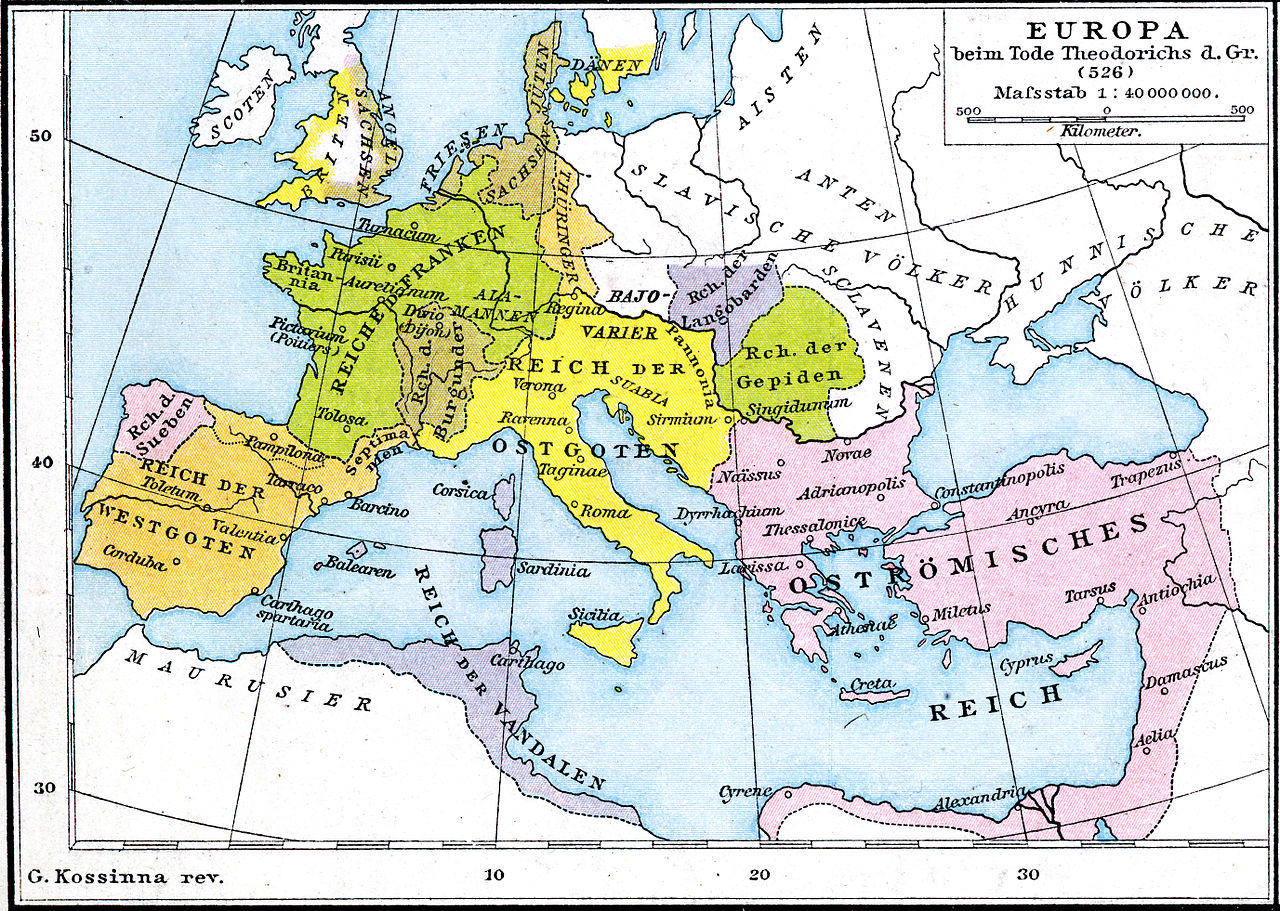
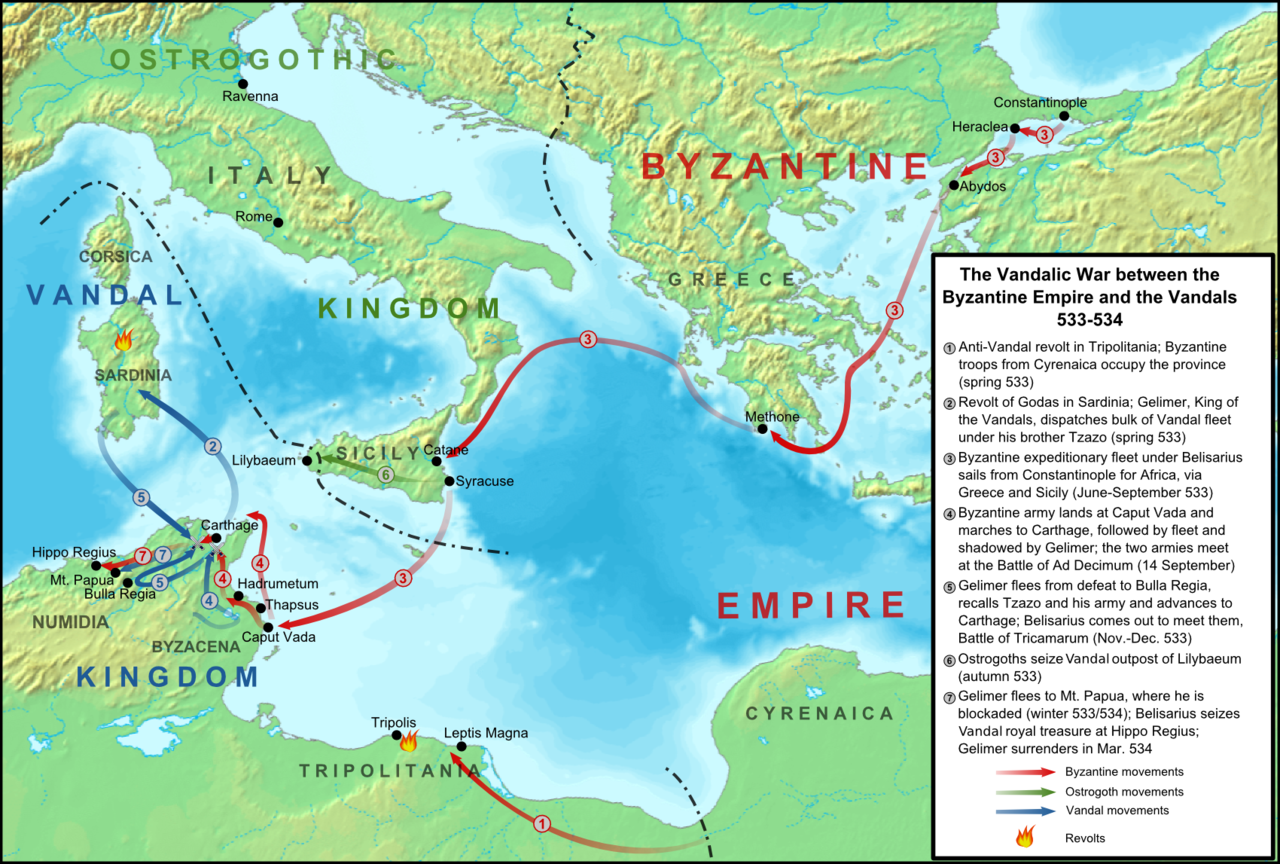
Being at the crossroads between east and west as well as north and south Sicily was always seen as the most important stepping stone of everyone aspiring to set foot in Italy and of course to any ambitious ruler from Europe who wanted a piece of the African coast. Sicily had been raided by the Muslims since the mid-7th century. After the Arabs set foot in Sicily in 827 AD, they quickly conquered Catania. It would however take a whole century of bloody wars for the whole island to pass under their rule. No significant traces of their passage have survived in the city of Catania. In the mid-twelfth century however, when Catania was already a Norman territory for about a century, the geographer Al-Idrisi could not help but remember the many mosques still active in the city. The Emirate of Sicily, was multilingual and multi-confessional with Latin, Greek, Byzantine, Jewish and Arabic cultures merging into a distinct hodgepodge that would define Sicilian character to this day.

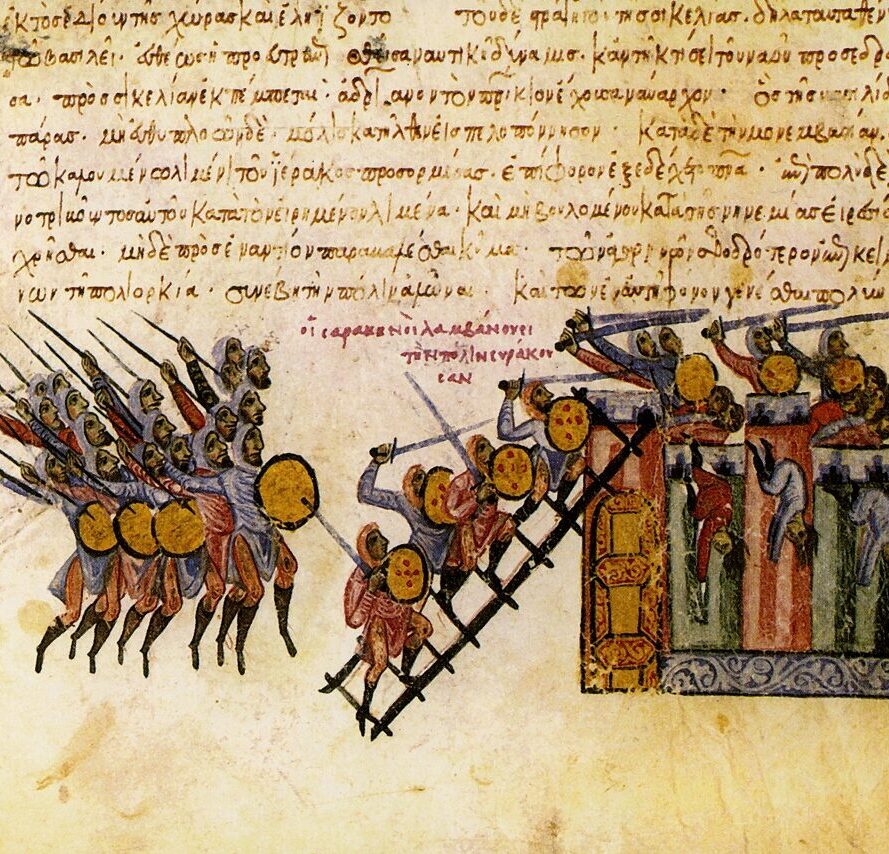
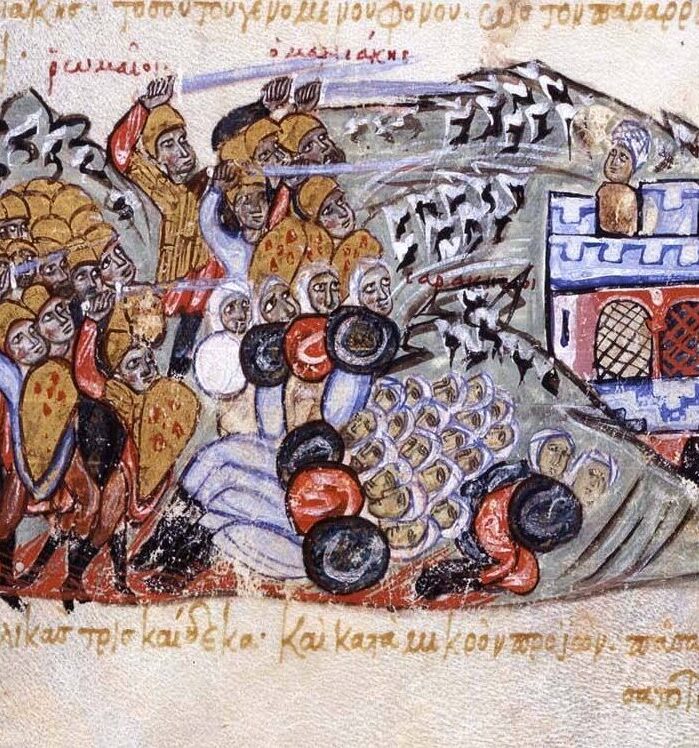
The Normans, Christian descendants of the Vikings were used by the Byzantines as mercenaries in their fights against the Muslims in Sicily. When the Byzantines left the war for their own reasons, the Normans stayed and took advantage of the discord between the different Muslim taifas of the island. In 1071, led by the Roger I who had already won two major battles against the Muslims, the Normans occupied Catania, after negotiating with the Emir of Syracuse, Ibn al-Werd. When Roger left the city the Catanesi recalled the emir, and the Normans had to reconquer the city in 1081. By 1091 the whole island had been conquered. It was the beginning of a new era.
